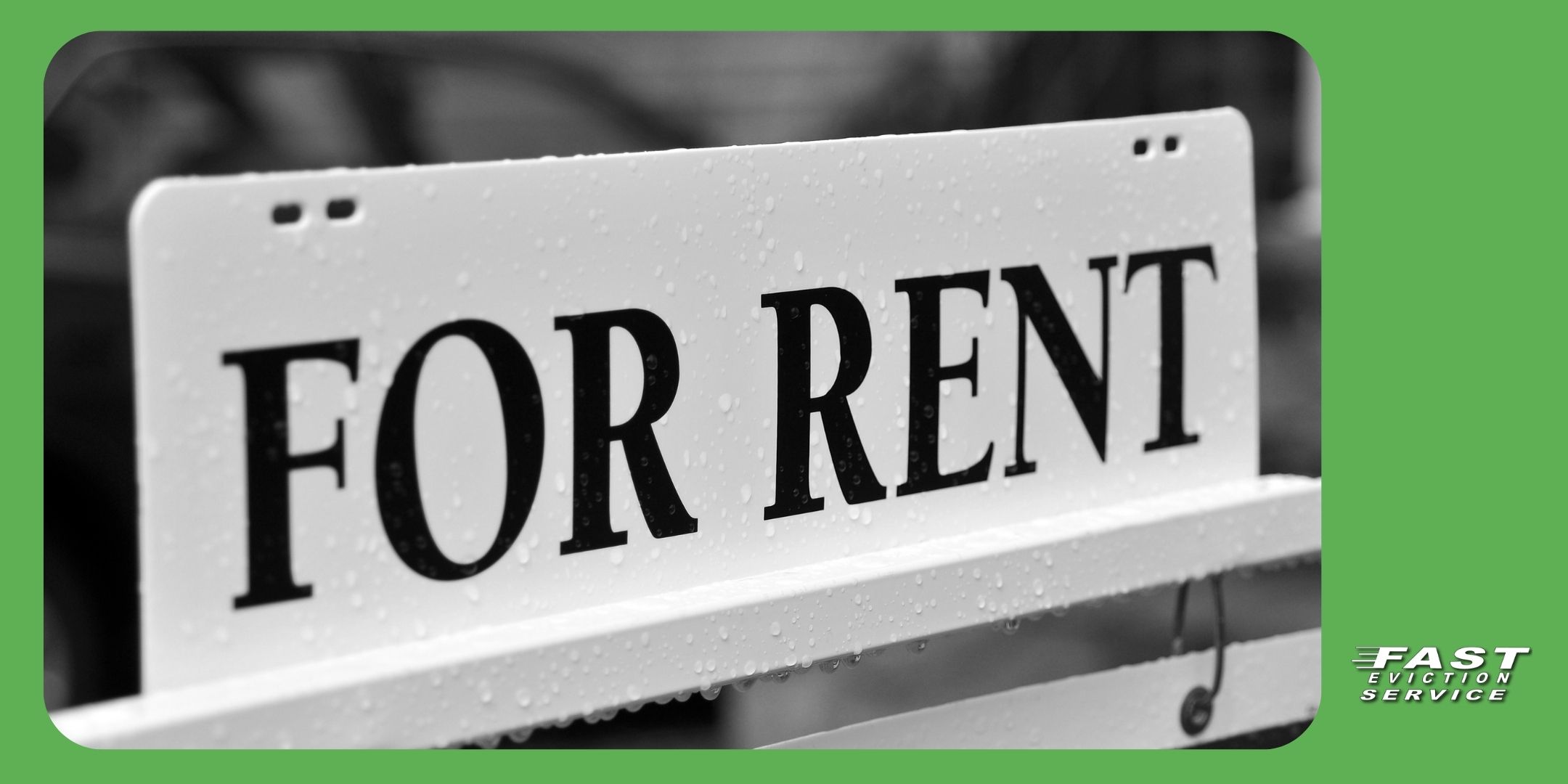The Santa Monica City Council in March of 2017 approved a law mandating the earthquake retrofitting of vulnerable buildings that may not survive a major earthquake without potentially fatal damage. Santa Monica has an estimated 1,660 “Soft story” buildings, which are multi-story buildings where floors have wide spaces or other openings such as apartment buildings with carports on the ground floor held up by thin columns, where a shear wall would normally be required for stability as a matter of earthquake engineering design.

Other targets of this legislation are unreinforced masonry (URM) known as non-ductile concrete buildings that lack sufficient steel reinforcement that causes them to disintegrate in earthquakes, and tilt-up buildings which is a construction technique where concrete walls are built laying on their side and then tilted into vertical position after the concrete cures.
In the 1971 Sylmar earthquake, fifty-two people died in the collapse of several concrete buildings, and sixteen people died in the 1994 6.7 Northridge earthquake when a soft-story apartment complex collapsed. More than 500 structures — most of them soft story buildings – were damaged or destroyed by this earthquake in Santa Monica alone. These concerns have recently been brought into even sharper focus by two 6.4 and 7.1 earthquakes in Southern California in July 2019 that sent over a thousand aftershocks through the city.
Santa Monica’s law goes even further than most across the country by also adding steel-frame buildings to the list of structures requiring retrofitting in some circumstances. Steel building have traditionally been considered the safest by seismic engineering experts. But during the 1994 Northridge earthquake, seismic experts were shocked to find several “steel moment frame” buildings collapsed, which are buildings where the ends of steel beams are rigidly joined to columns by welded connections.
“We want to do as much as we can to limit the loss of life and infrastructure, so in the event of a disaster, we bounce back strong,” Says Santa Monica Mayor Ted Winterer.
Santa Monica is the first city in California to publish a list of potentially vulnerable soft-floor, concrete and steel buildings that need to be evaluated for risk.
The City’s Building & Safety Division has implemented a simplified plan review process for soft-story seismic retrofit building permit applications. The new Soft-Story Seismic Retrofit application packet includes a set of pre-screening questions that may remove the need for plan review by the City Planning and/or Mobility Divisions for many projects. Simply complete the application packet and submit it to the City’s Electronic Plan Review system along with plans and other requested documents.
For more information on the details of the application process for seismic retrofits, including deadlines or other questions related to the City’s Seismic Retrofit Program, please call 310-458-8355, visit www.smgov.net/seismic or email seismic@smgov.net.


